Plaster Disaster?
shel67
14 years ago
Related Stories

MOST POPULARWhat to Do After a Hurricane or Flood
How you treat your home after a natural disaster can make all the difference in its future livability — and your own personal safety
Full Story
MOST POPULAR15 Remodeling ‘Uh-Oh’ Moments to Learn From
The road to successful design is paved with disaster stories. What’s yours?
Full Story
DECORATING GUIDESFrom Queasy Colors to Killer Tables: Your Worst Decorating Mistakes
Houzzers spill the beans about buying blunders, painting problems and DIY disasters
Full Story
DISASTER PREP & RECOVERYRemodeling After Water Damage: Tips From a Homeowner Who Did It
Learn the crucial steps and coping mechanisms that can help when flooding strikes your home
Full Story
MATERIALSRaw Materials Revealed: Drywall Basics
Learn about the different sizes and types of this construction material for walls, plus which kinds work best for which rooms
Full Story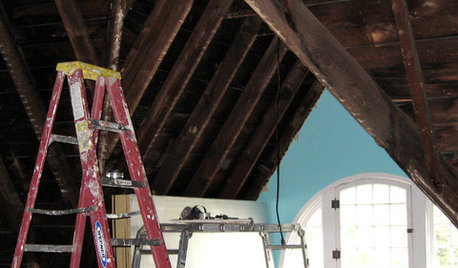
REMODELING GUIDES8 Lessons on Renovating a House from Someone Who's Living It
So you think DIY remodeling is going to be fun? Here is one homeowner's list of what you may be getting yourself into
Full Story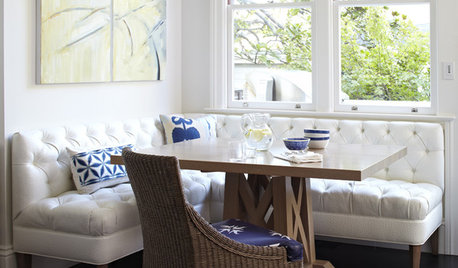
WORKING WITH PROS3 Reasons You Might Want a Designer's Help
See how a designer can turn your decorating and remodeling visions into reality, and how to collaborate best for a positive experience
Full Story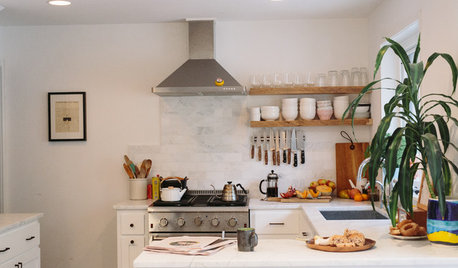
HOUZZ TOURSHouzz Tour: New Love and a Fresh Start in a Midcentury Ranch House
A Nashville couple, both interior designers, fall for a neglected 1960 home. Their renovation story has a happy ending
Full Story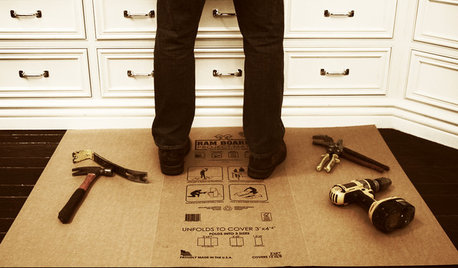
BATHROOM DESIGNOut With the Old Tile: 8 Steps to Prep for Demolition
This isn't a light DIY project: You'll need heavy-duty tools and plenty of protection for your home and yourself
Full StoryMore Discussions






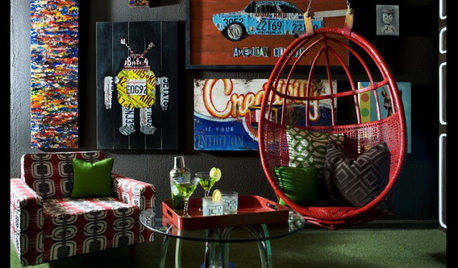




mainegrower
ericwi
Related Professionals
Beavercreek Kitchen & Bathroom Designers · Everett Kitchen & Bathroom Designers · Georgetown Kitchen & Bathroom Designers · Haslett Kitchen & Bathroom Designers · United States Kitchen & Bathroom Designers · Williamstown Kitchen & Bathroom Designers · Normal Kitchen & Bathroom Remodelers · Durham Kitchen & Bathroom Remodelers · Hoffman Estates Kitchen & Bathroom Remodelers · Lisle Kitchen & Bathroom Remodelers · Terrell Kitchen & Bathroom Remodelers · Vancouver Kitchen & Bathroom Remodelers · Hockessin Architects & Building Designers · Vancouver Architects & Building Designers · Ronkonkoma Architects & Building Designersbrickeyee
Billl
calliope
slateberry
brickeyee
worthy
calliope
Billl
powermuffin
User
brickeyee